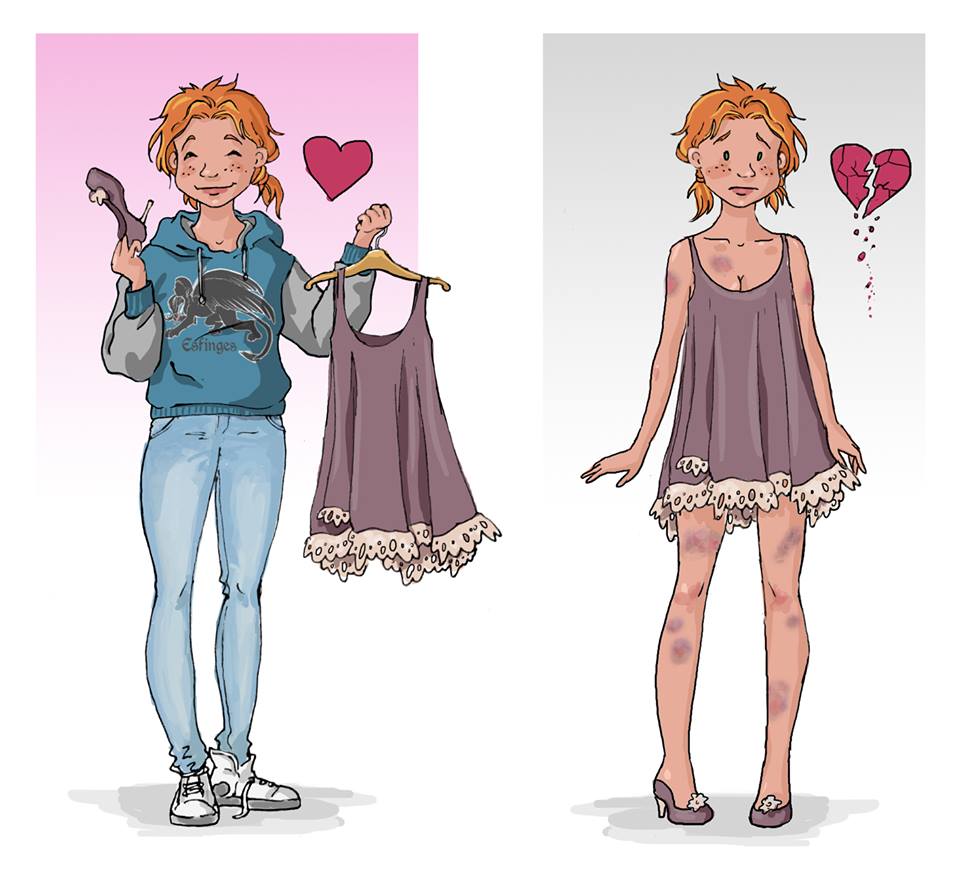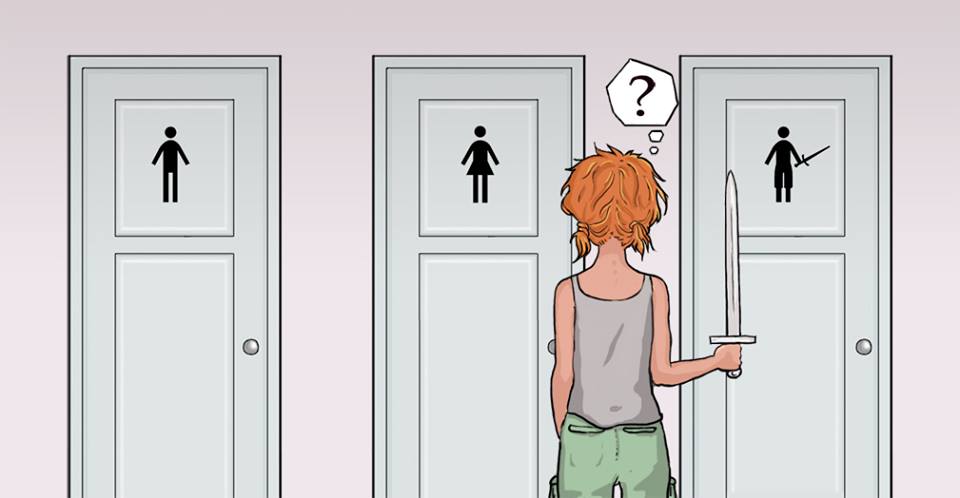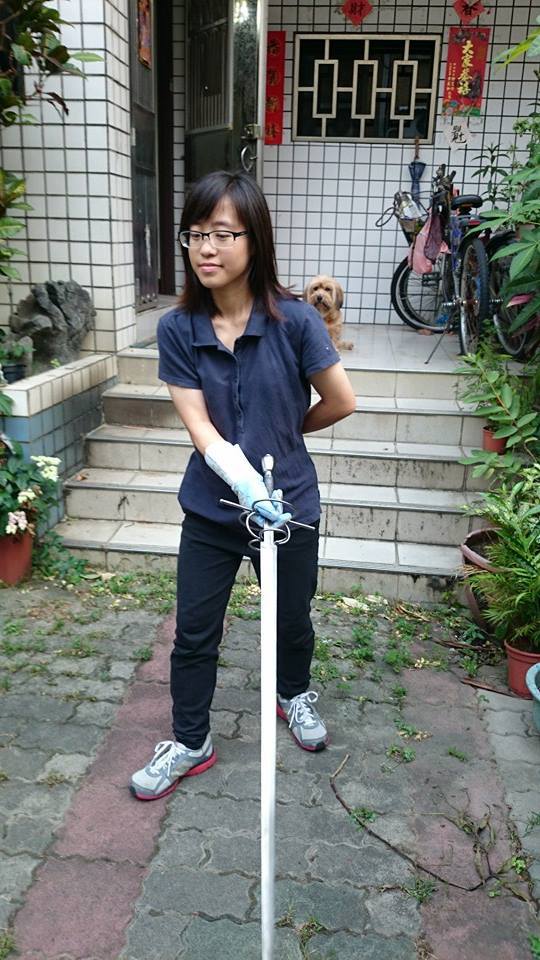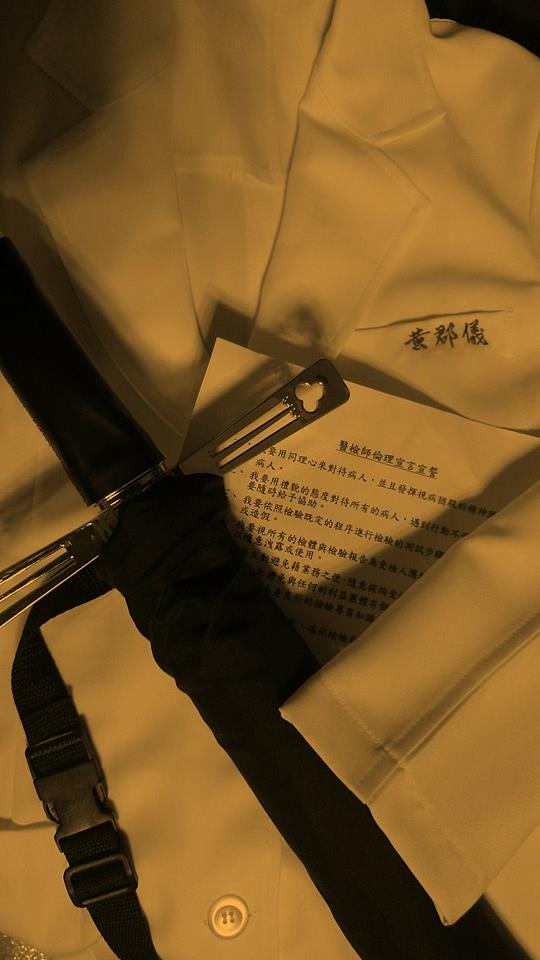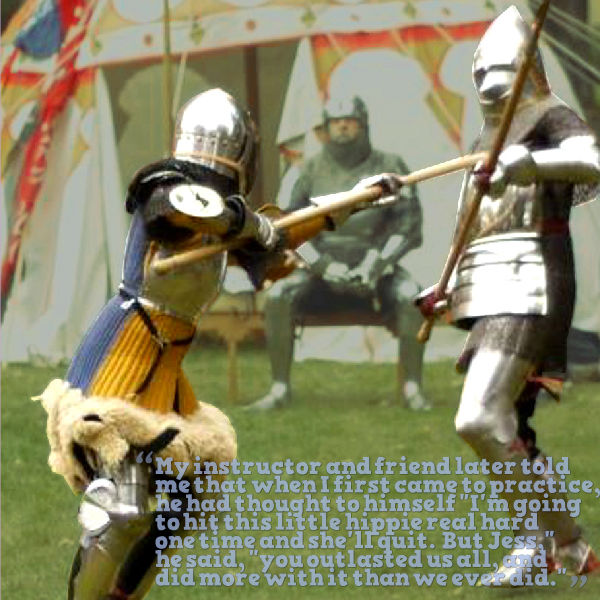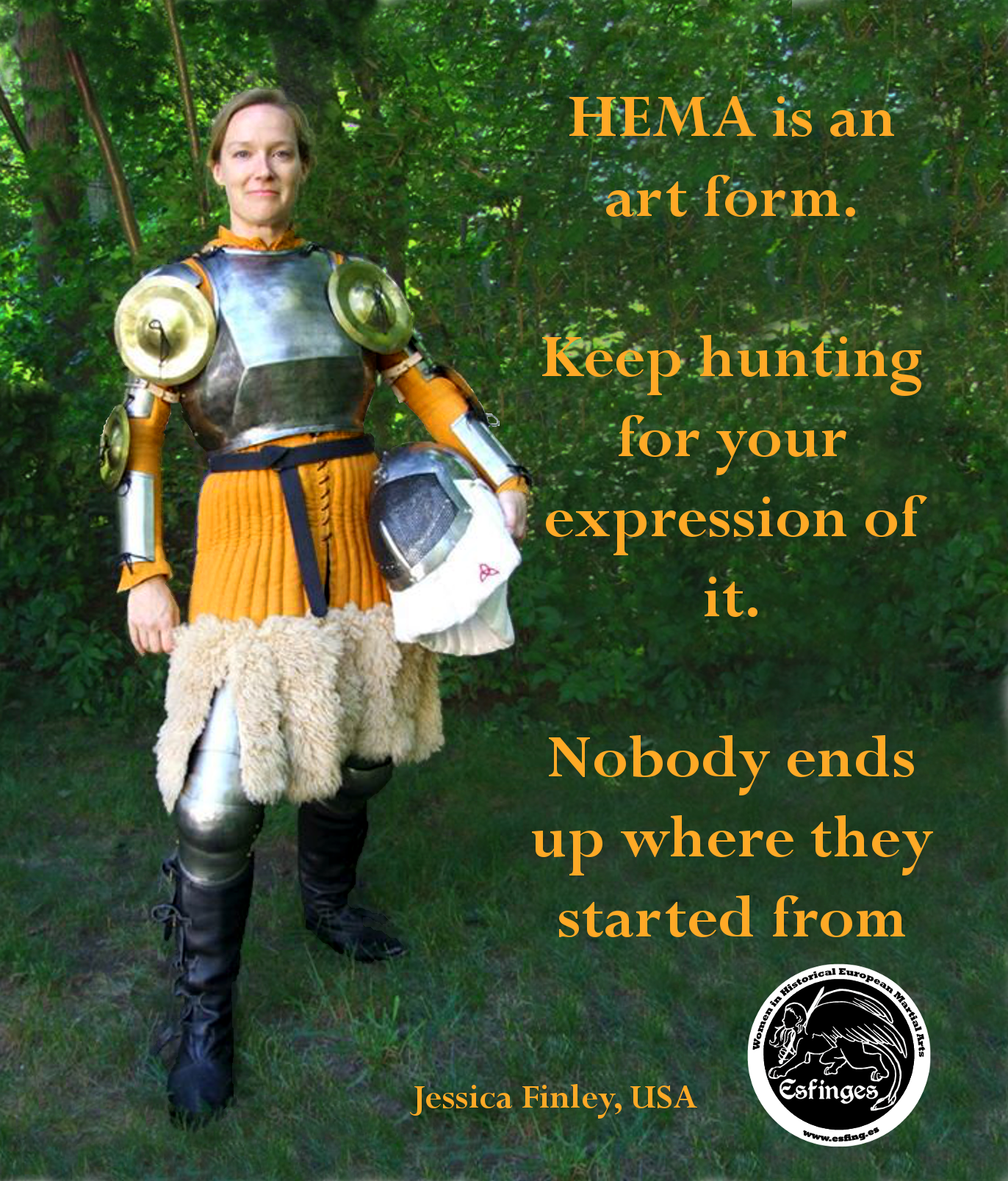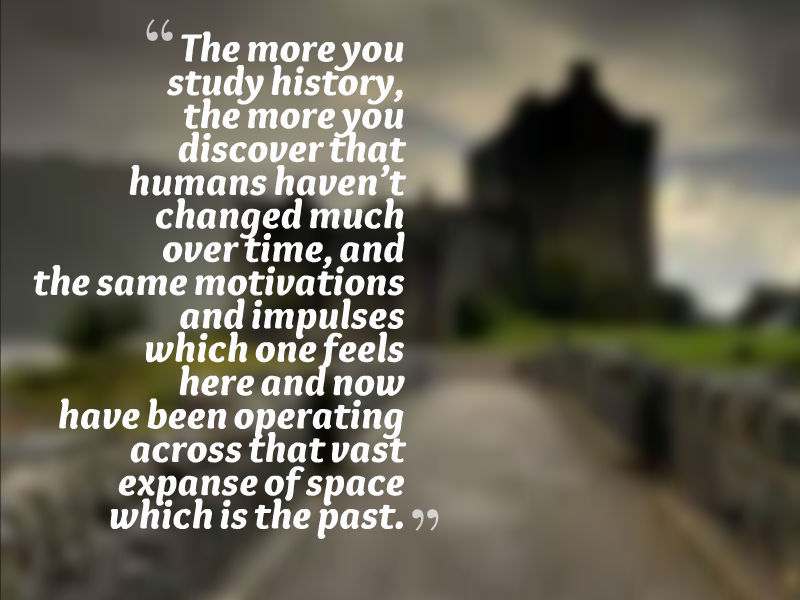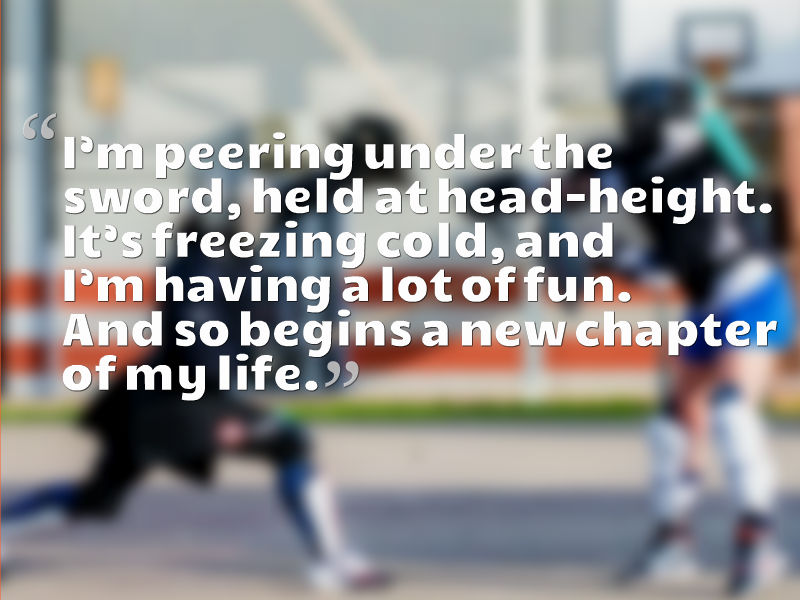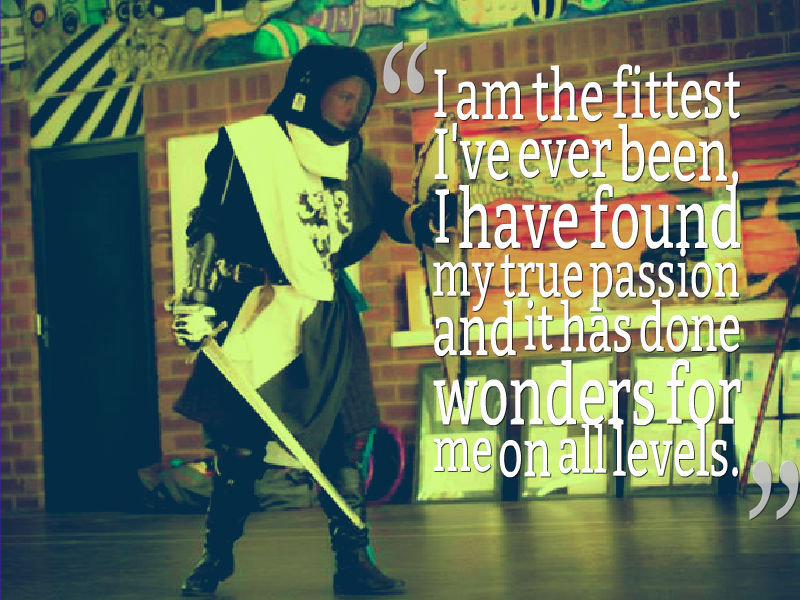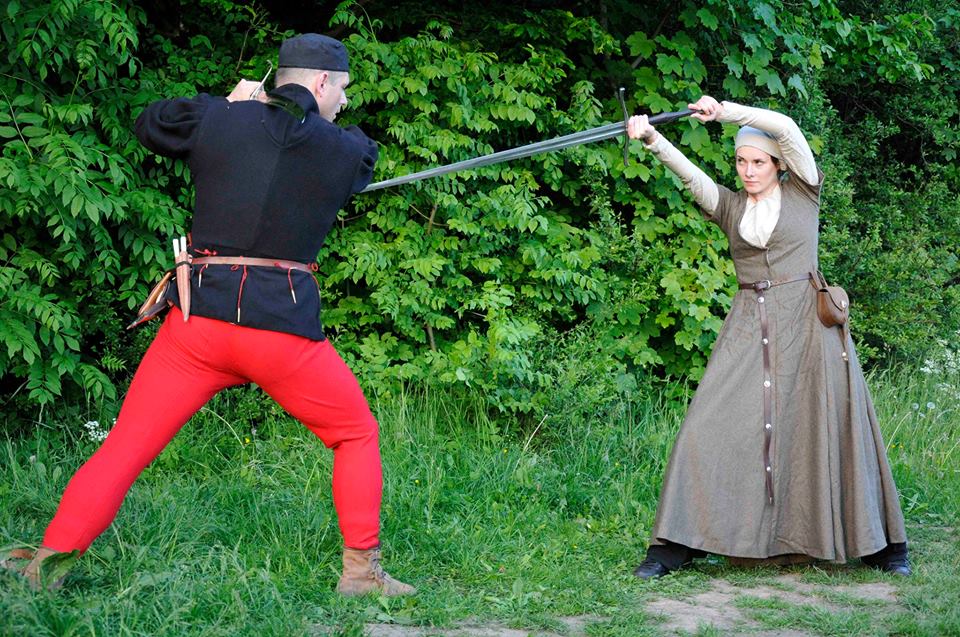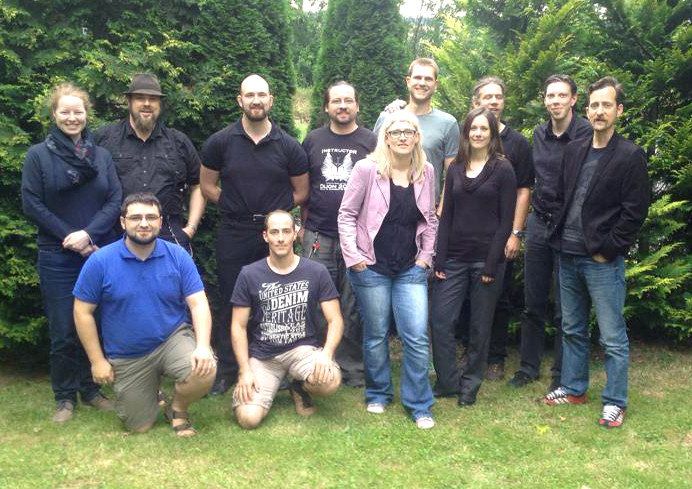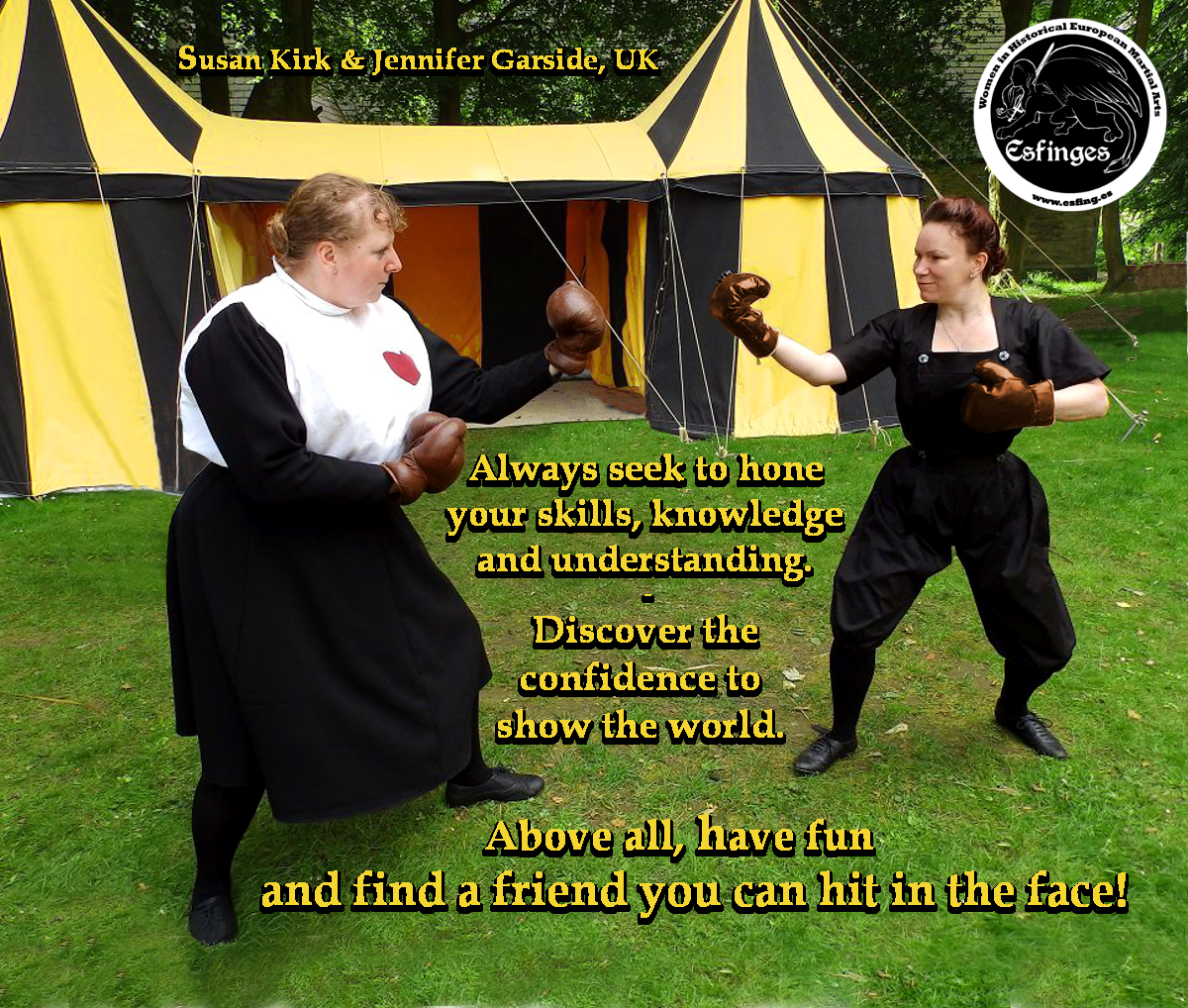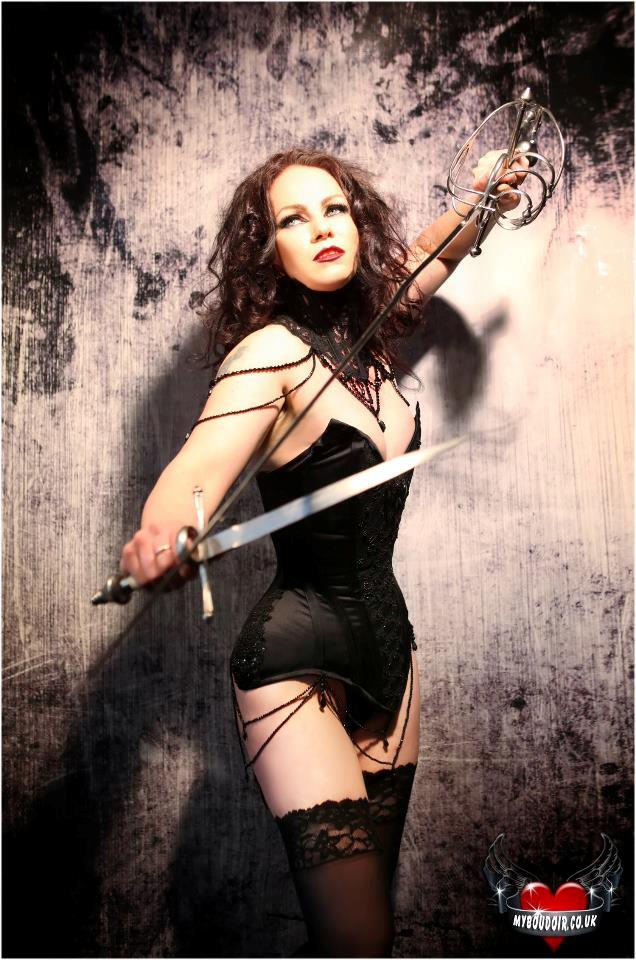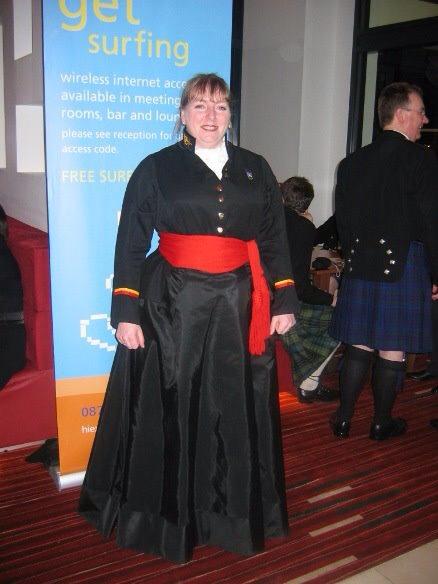Original posted 4 October 2014
We recently took a survey in our forum,129 Esfinges members replied. The aim was to find out more about our membership as a fairly representative sample of women in HEMA. And to build a picture of the female practitioner:
She has been practicing HEMA for one to three years, primarily studying longsword. She’s most likely to have discovered HEMA online and live in the USA. She hasn’t studied any martial arts or fencing before starting HEMA. She considers herself a beginner and has no instructor experience. She has never entered a tournament. As a beginner she’s likely to enter a beginners’ tournament. She is even more likely to enter a women’s tournament. There are 10-50 members in her club, of which 2-5 are female. The average class size is 2-10 people, of which 1-2 are women. She likes being a part of Esfinges for a variety of reasons, most of all to meet new people and make friends.
Results here.



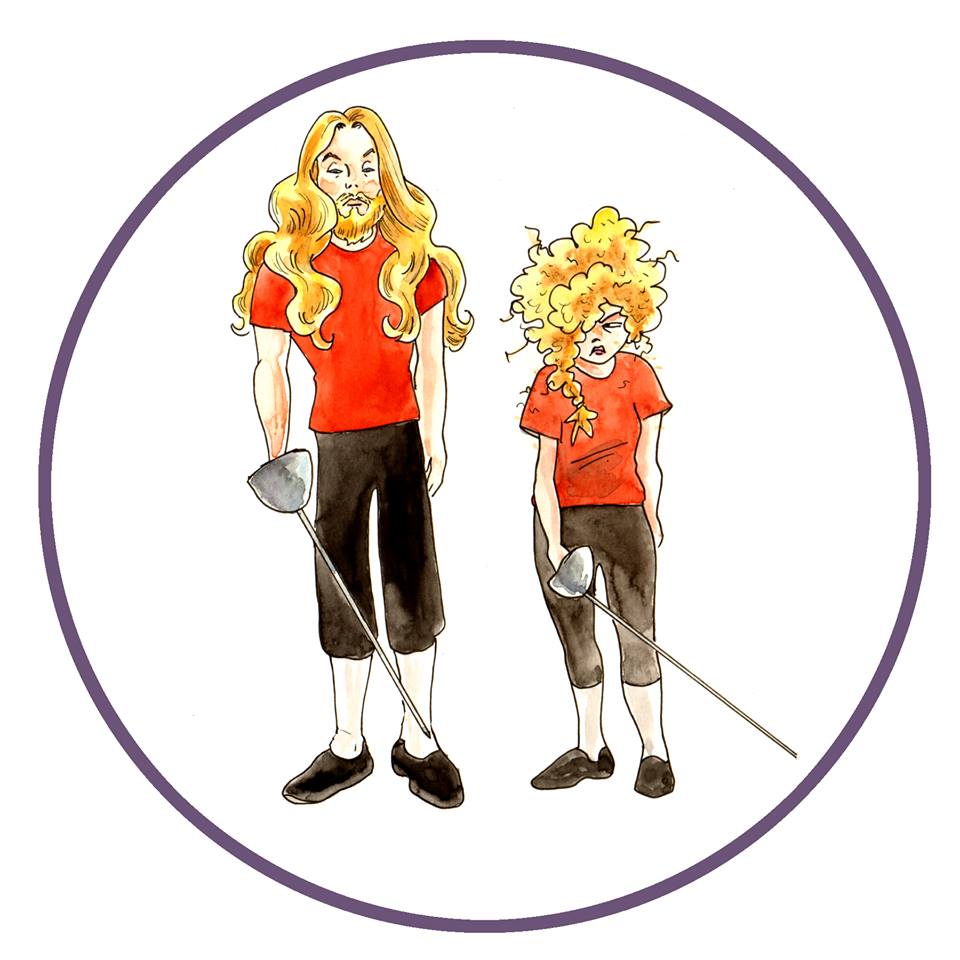
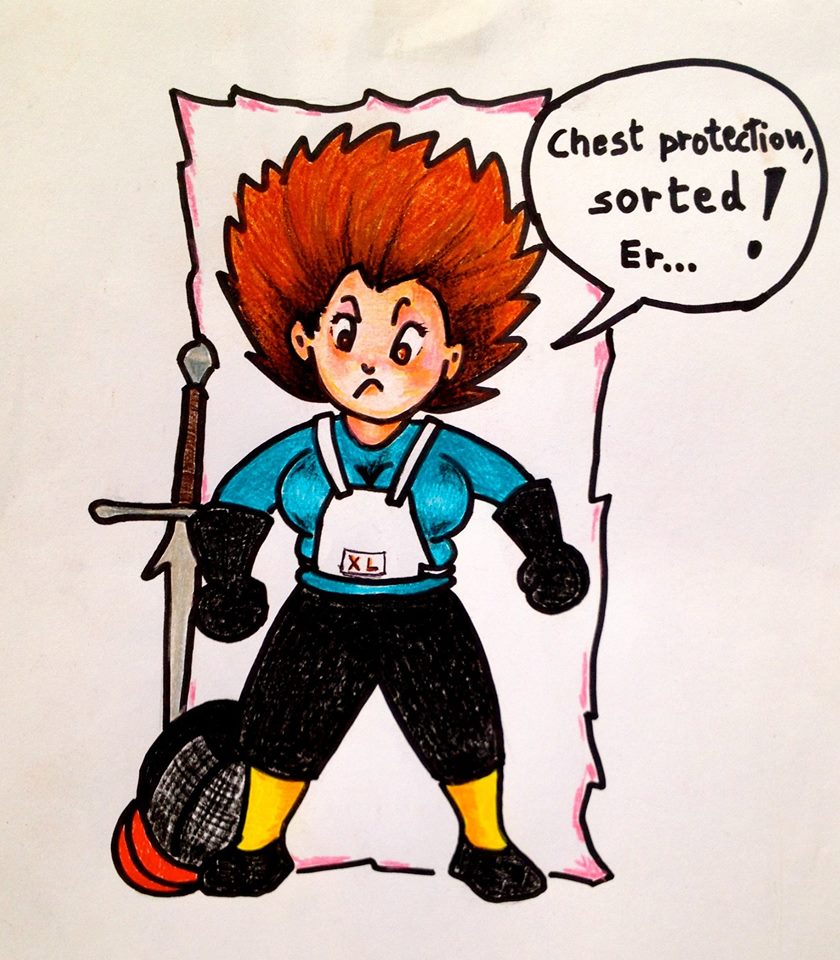
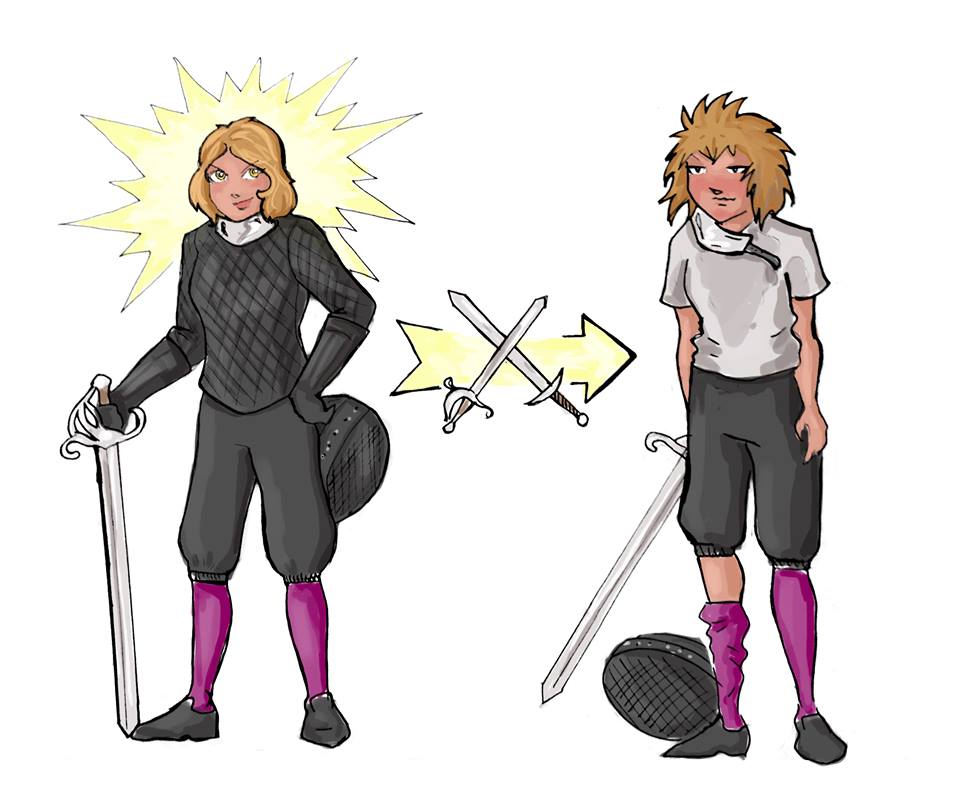
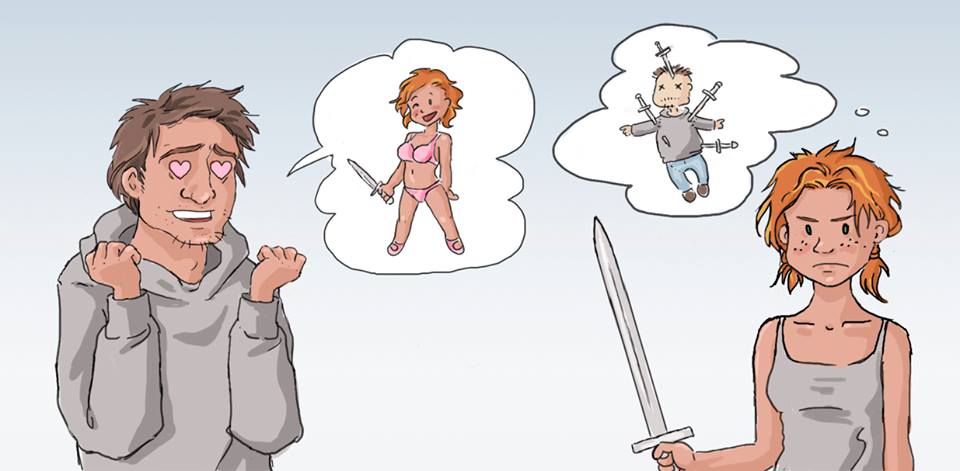 9 . One more “helpful” dude suggesting a women’s competition should be held in bikinis. Thanks dudebro, but your entertainment isn’t the main goal here.
9 . One more “helpful” dude suggesting a women’s competition should be held in bikinis. Thanks dudebro, but your entertainment isn’t the main goal here.